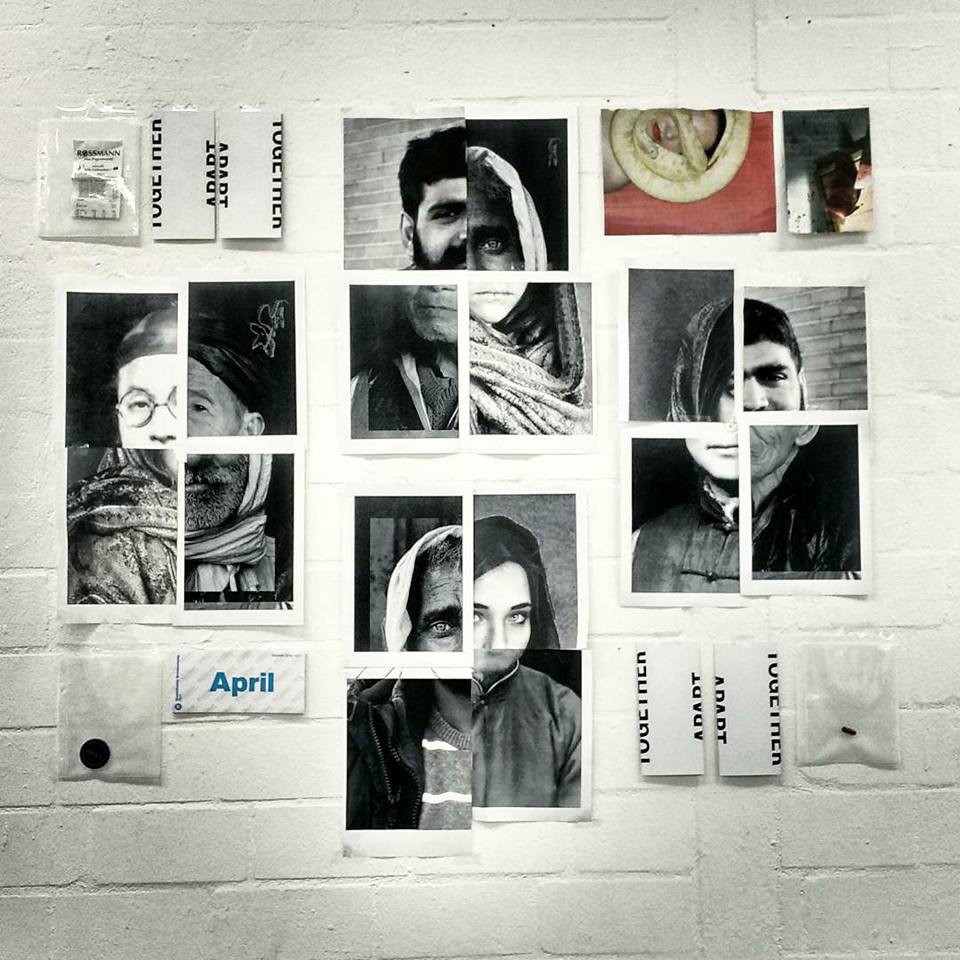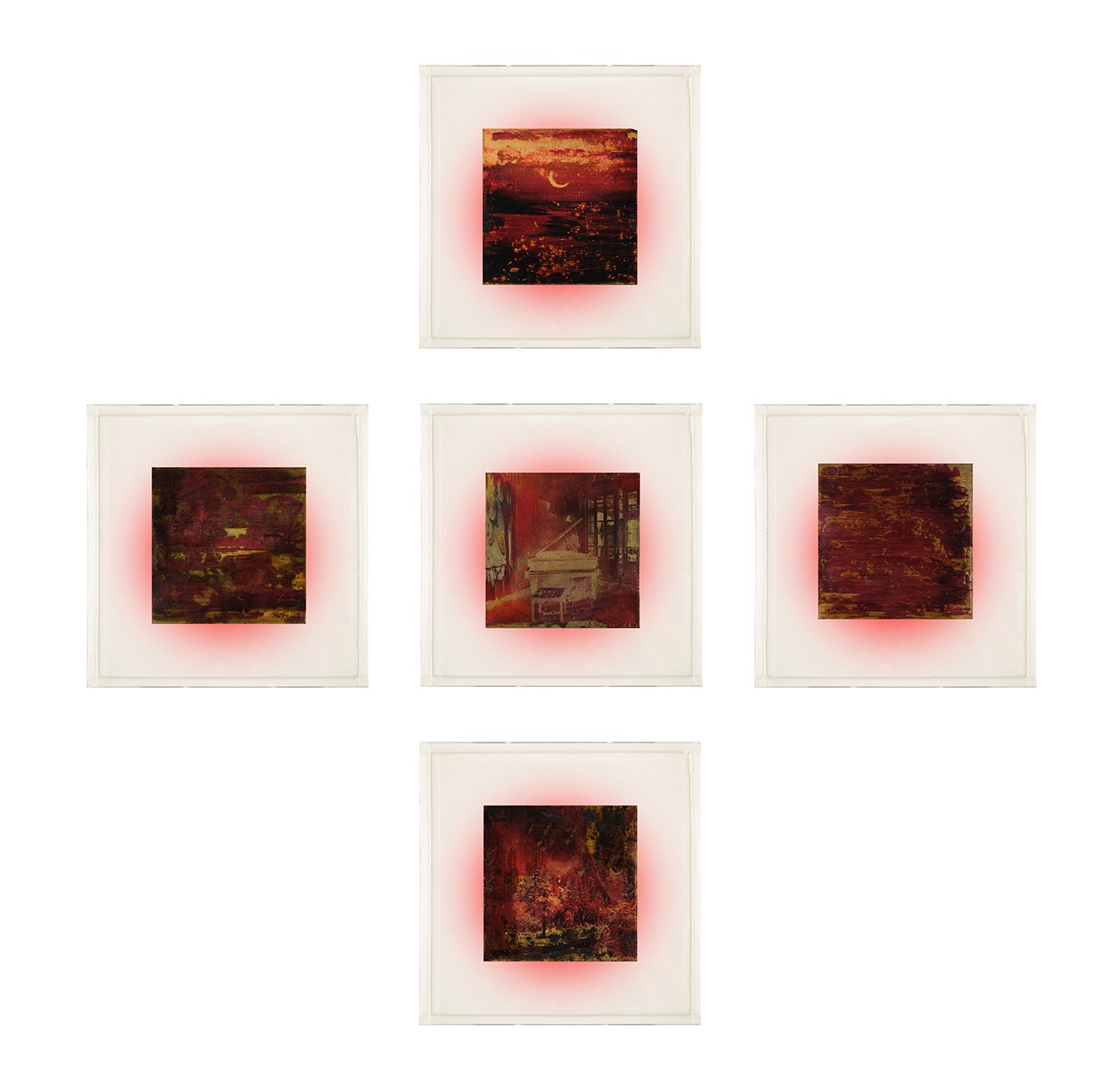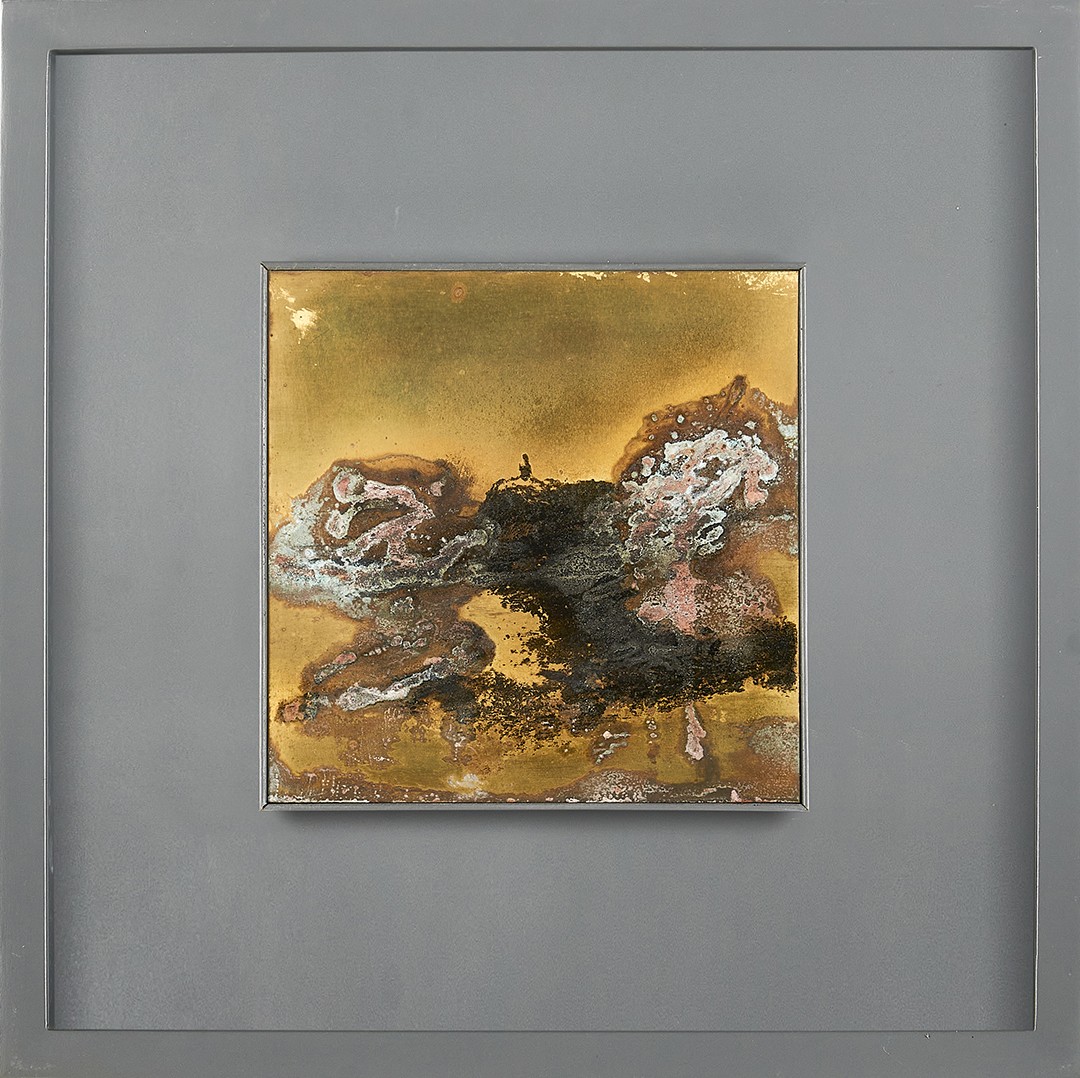BIOGRAPHY
Etza Meisyara
BANDUNG, INA, 1991
Reality and composition becomes a harmony inside the framework of Etza Meisyara’s artworks. She culls experiences from several journeys she’s had, drawing out the emotions she felt when faced with nature. Working with visual and music at the same time, Etza’s percolation is formed through narrative arrangements, as she is highly aware of dissonancy and cacophony in her surroundings. She attempts to “glorify” the melancholia in the midst of hedonistic culture we are in, while coming to terms with fact that we all feel sorrow and suffer.
Such heartfelt melancholia was recounted in her work titled Women from Syria (2018), depicting the empathy towards the Syrian refugees she met in Braunschweig, Germany, and in Melankolia (2018), where she expresses the identical desolation she felt when she was by herself in the snowfield of Olafsjordour, Iceland. Similarly, How Does It Feel to Be a Refugee (2017) – integrating visual arts with her music composition – also conveyed the distress toward the victims of Middle East’s conflicts flocking the Europe. It won the Bandung Contemporary Art Award #5.
Such heartfelt melancholia was recounted in her work titled Women from Syria (2018), depicting the empathy towards the Syrian refugees she met in Braunschweig, Germany, and in Melankolia (2018), where she expresses the identical desolation she felt when she was by herself in the snowfield of Olafsjordour, Iceland. Similarly, How Does It Feel to Be a Refugee (2017) – integrating visual arts with her music composition – also conveyed the distress toward the victims of Middle East’s conflicts flocking the Europe. It won the Bandung Contemporary Art Award #5.
WORKS (47)
















































